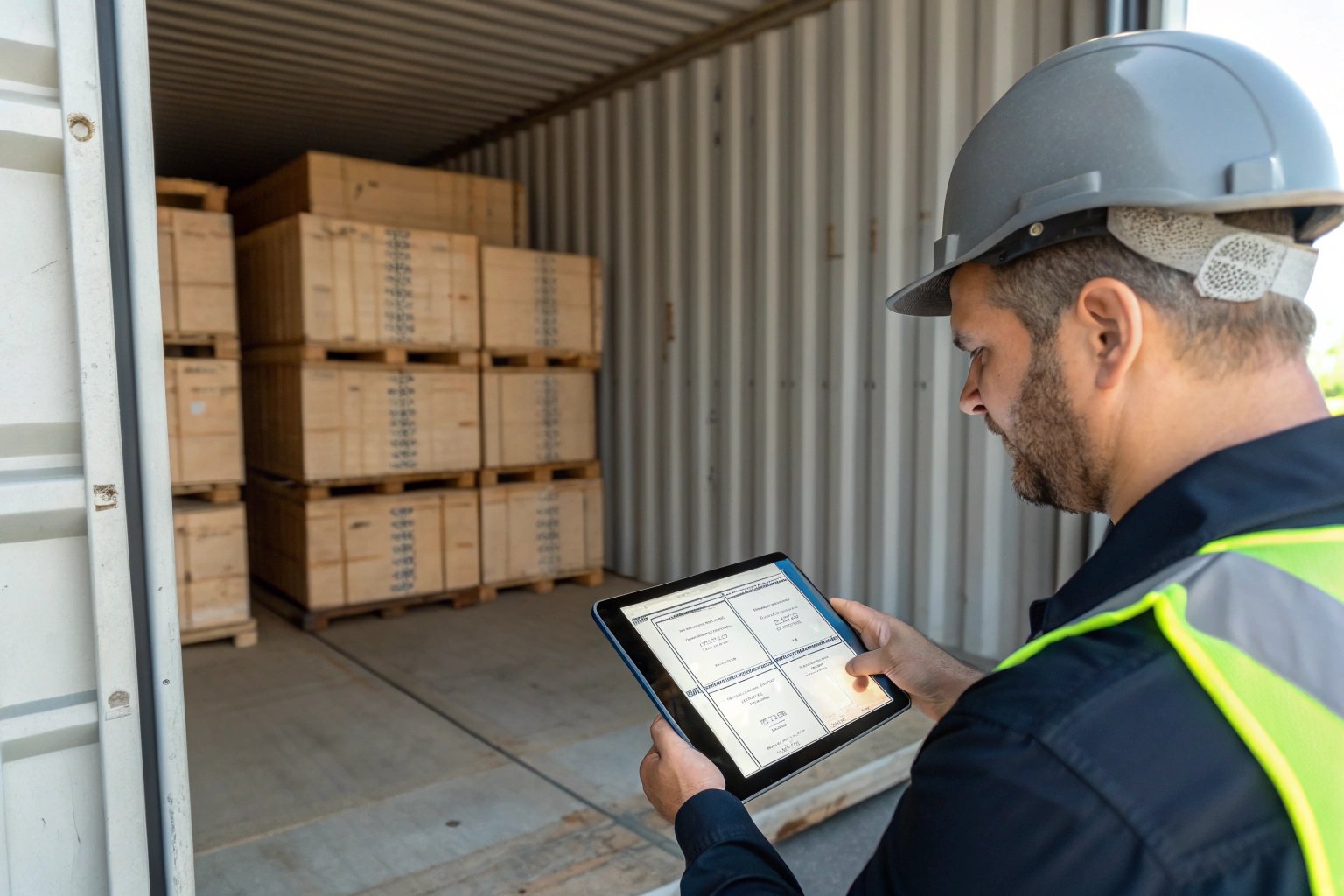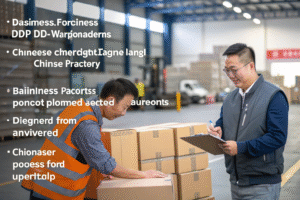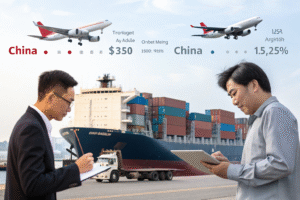Delays, missed deadlines, and rising shipping costs — these are every importer’s worst nightmare. But with better logistics planning, your goods can move faster, safer, and cheaper.
Improving logistics efficiency from China to the U.S. means clearing customs faster, using optimized routes, syncing with suppliers, and working with experienced freight forwarders who streamline every step.
If you want your shipments to arrive on time and on budget, efficiency isn’t optional — it’s essential. Here’s how to achieve it.
Streamlining customs clearance to reduce delays
Customs delays are one of the top reasons shipments miss their deadlines. But with the right documents and planning, most of these delays can be avoided.
Efficient customs clearance relies on accurate paperwork, early submission, and coordination between your supplier, forwarder, and broker.
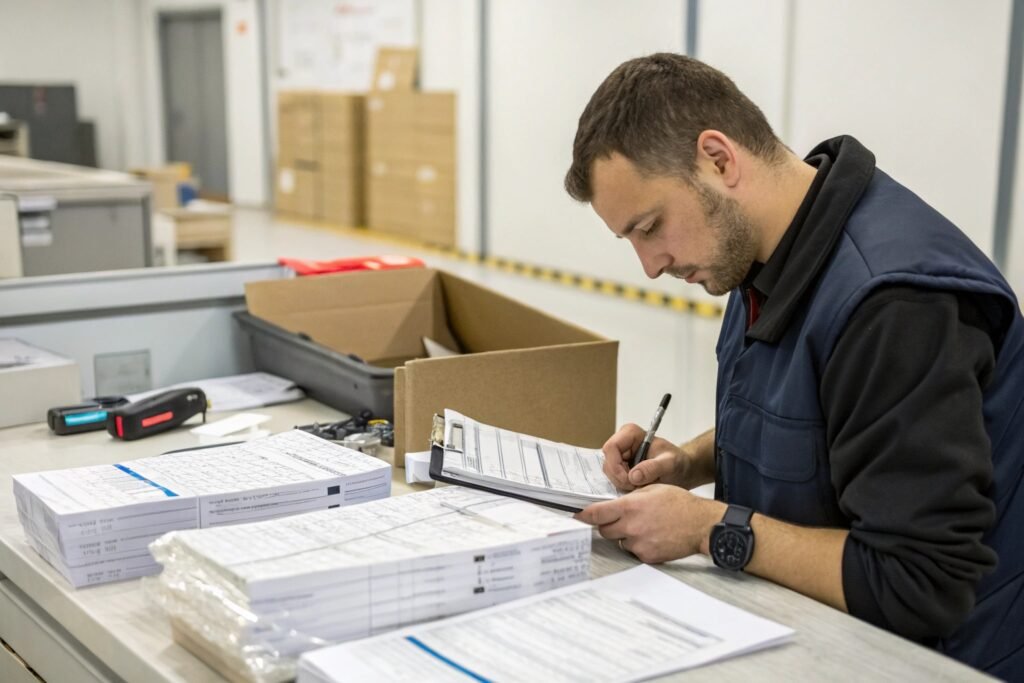
What slows down clearance?
| Cause | Effect |
|---|---|
| Wrong HS code | Reclassification and duty reassessment |
| Undervalued invoice | Customs audit or cargo hold |
| Missing documents | Clearance denial or delay |
| Late ISF filing | Fines and inspection |
| Inexperienced broker | Miscommunication or delays |
At GeeseCargo, we check all documents before departure and submit customs entries early — allowing goods to clear within 24 hours of arrival in most U.S. ports.
Best practices to clear faster:
- Submit ISF (Importer Security Filing) at least 48 hours before vessel departs
- Use verified HS codes for accurate duty assessment
- Include full packing list, invoice, COO, and shipping marks
- Let your forwarder or broker pre-file customs before arrival
- Choose DDP if you want all duties and clearance handled in advance
Pre-clearance not only saves time — it saves storage fees and protects your delivery timelines.
Choosing the fastest and most reliable shipping routes
A cheap route isn’t always an efficient one. The best logistics strategy matches your timeline, budget, and product type with the right route and carrier.
To improve efficiency, importers should select ports and routes with fewer delays, frequent departures, and trusted carrier service reliability.

Fastest shipping options from China to the U.S.
| Origin Port | U.S. Destination | Transit (Ocean) | Transit (Air) |
|---|---|---|---|
| Shanghai | Los Angeles | 12–18 days | 3–5 days |
| Ningbo | New York | 25–30 days | 5–7 days |
| Shenzhen | Chicago | 22–28 days | 5–7 days |
| Qingdao | Oakland | 18–25 days | 5–6 days |
We recommend:
- West Coast ports (LAX, SEA, OAK) for speed
- Direct vessels with fewer transshipments
- Air freight for SKUs under 500 kg or time-sensitive cargo
- FCL over LCL when volume justifies it (fewer handling delays)
Clients who switched from East Coast ocean routes to West Coast + rail delivery cut delivery times by 7–10 days.
How to coordinate with suppliers for better timing
Even the best shipping plan fails if the factory isn’t ready. Supplier delays, poor communication, or lack of packaging prep can stall logistics — before the shipment even starts.
Working closely with your Chinese suppliers on timelines, documentation, and packaging ensures faster pickup, booking, and customs clearance.
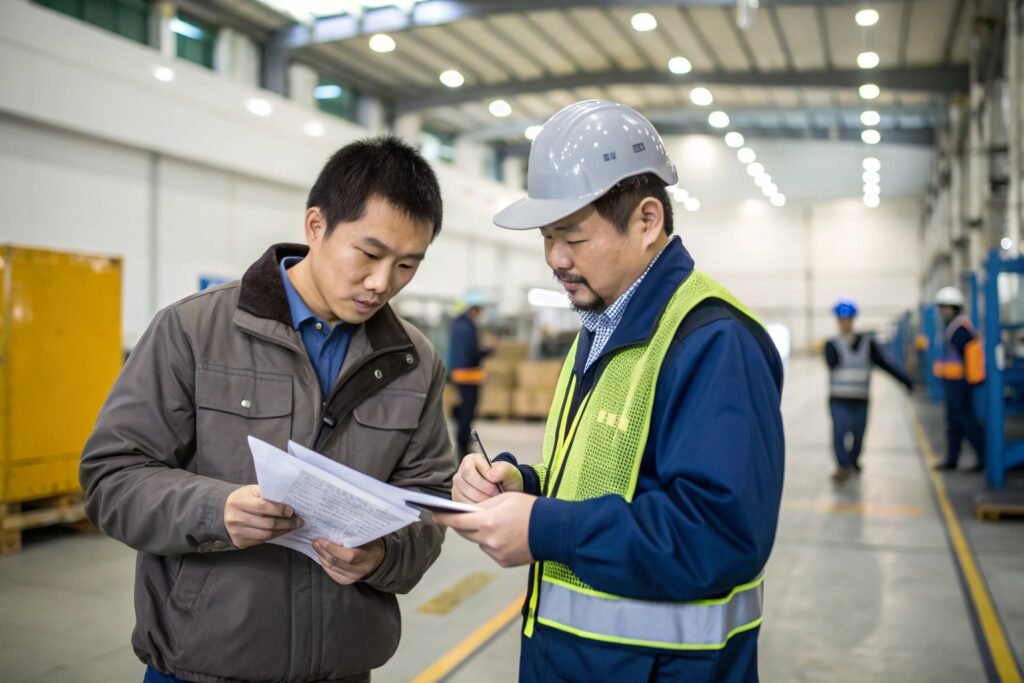
How to align better with suppliers?
| Step | Why It Matters |
|---|---|
| Share your shipping calendar | Helps factory plan output and QC |
| Confirm packaging specs | Avoids last-minute relabeling or pallet issues |
| Request pre-shipment photos | Verifies readiness before booking pickup |
| Use shared document templates | Prevents invoice or packing list errors |
| Book cargo at least 7–10 days in advance | Ensures space and documentation time |
We offer a supplier coordination service where our China team works directly with your factory. We verify:
- Goods are packaged to export standard
- Cartons are labeled correctly
- Shipping marks match the invoice
- Cargo is picked up on schedule
This saves our clients 2–4 days per shipment on average — and avoids peak season booking headaches.
Using freight forwarders to optimize supply chain flow
You can’t manage every leg of an international shipment on your own. A skilled freight forwarder connects the dots — from pickup to customs to final delivery — and removes delays before they happen.
Freight forwarders improve logistics efficiency by providing end-to-end visibility, real-time updates, and coordination across multiple stakeholders.
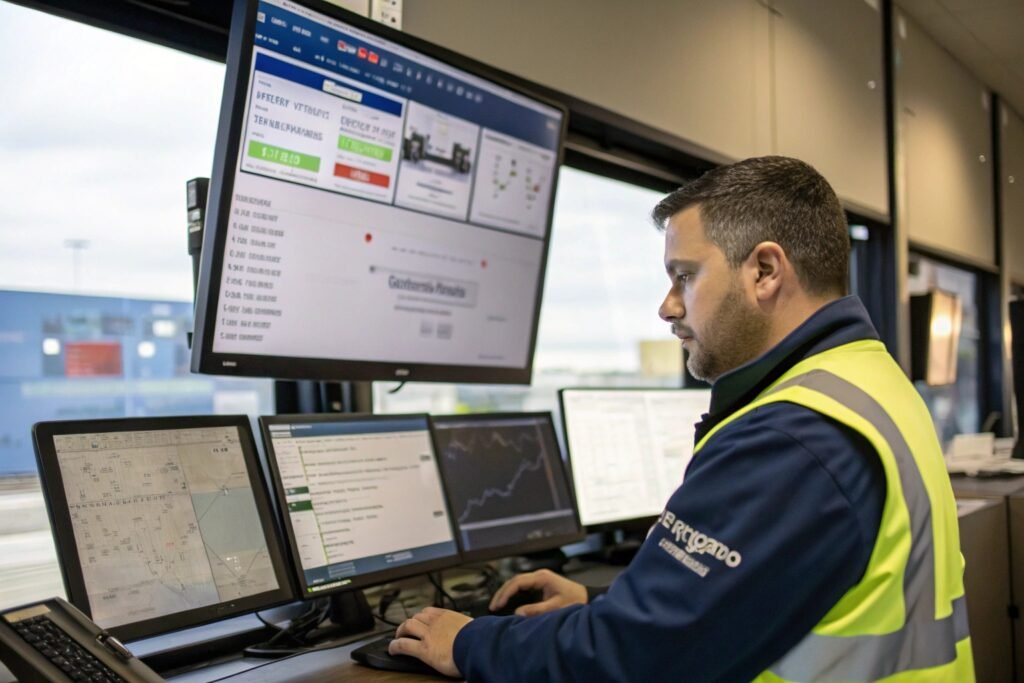
What do forwarders optimize?
| Area | Optimization |
|---|---|
| Routing | Match cargo size and deadline to the best mode and carrier |
| Booking | Confirm space with airlines or vessels quickly |
| Customs | Pre-clear entries and manage document compliance |
| Final-mile delivery | Arrange trucking, warehouse unloading, or FBA appointment |
| Tracking | Provide real-time updates and exception alerts |
At GeeseCargo, our clients get:
- Live container and air tracking
- WhatsApp + email shipment alerts
- Dedicated logistics coordinator
- Pre-booked vessel and air space during peak seasons
- DDP options for seamless delivery without customs stress
With us managing the supply chain, your team stays focused on sales, sourcing, and growth — not daily logistics firefighting.
Conclusion
Efficient logistics from China to the U.S. is about more than just speed — it’s about coordination, preparation, and expert execution. When you streamline customs, choose smart routes, sync with suppliers, and work with a trusted forwarder like GeeseCargo, your supply chain moves with confidence and control.
